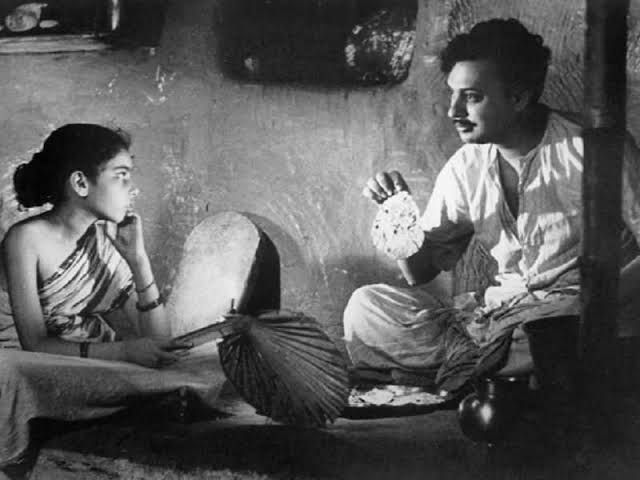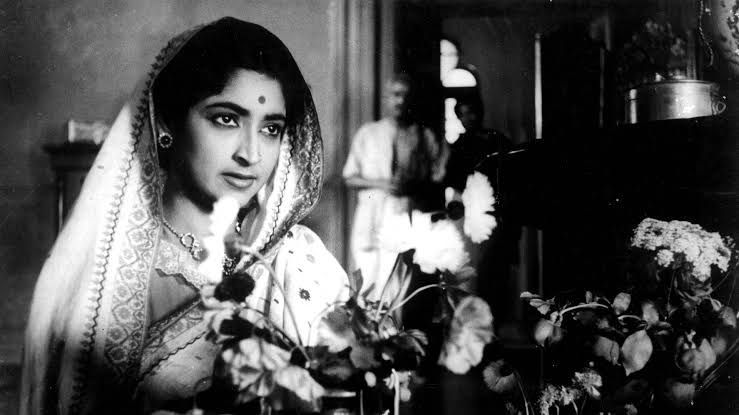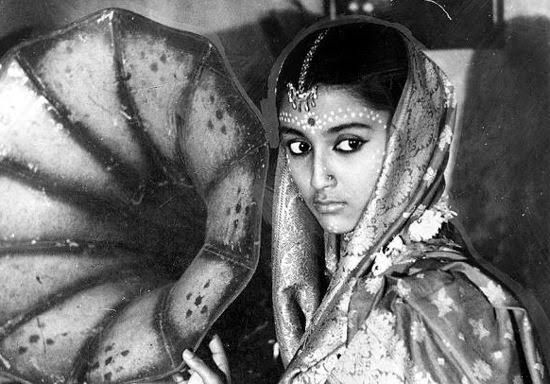Teen Kanya By Satyajit Ray: Review
Jun 19, 2019 • 219 views

Teen Kanya is a 1961 three-part anthology film adapted to screen and directed by Satyajit Ray. The film is based on different short stories by Rabindranath Tagore- “The Postmaster”, “Monihara” and “Sampati”. The first and third stories are simple drama meanwhile the second story “Monihara” is a horror drama( the only horror film by Ray). Internationally, the film was released with only two stories, excluding “Monihara” due to the excessive length. In all three stories, the female character is the driving point of the story rather than just being a face in the crowd( unlike, say, every other movie at the time).
Ray beautifully captures the simple lives but complicated minds of these characters which often nobody pays attention to. Families used to “give away” their daughters to desirable matches with complete disregard to their thoughts and feelings( As mentioned in Sampati- ‘What does it matter, what I think?'). In all three segments the women are introduced as if they are part of the men's world but as the films progresses, the stories becomes more about the women, their lives, mindset and thoughts.

The first part of the film, 'The Postmaster' is the strongest short. The climax of the short was poignant and you could actually feel the plight of the lead characters, their emotions and understand their confusion. The anguish remains with you even after the film has ended. The two leads are brilliantly characterized and their relationship is carefully crafted. The two actually has a strong friendship that is above blood and lust.

The second short titled ‘Monihara' was the most interesting one( at least for me). With this film Satyajit Ray proved to be the most daring director of all time. He broke several taboos within an hour. The film starts with a teacher and storyteller holding a 'Chillum' and describing the benefits of 'hash'. The lead female character 'Monihara' is depicted as a flawed and materialistic women rather than an “ideal bride”. Unlike other films about broken marriages, it’s the male character who is the sympathetic one here. Ray showed that the women can easily play negative roles and lead a film. ‘Monihara’ was ahead of its time and should be deemed as culturally, historically and aesthetically significant”. The short was preserved by the Academy Film Archive in 1998.

The third and final short is aptly titled ‘Sampati' meaning 'Conclusion' as it is the only short where we get a conclusion and that too a happy one. Sampati is the most character driven short in the lot. The short film perfectly summarizes the orthodox mentality of a patriarchal society where a boy has heavy freedom and authority meanwhile the girl is always expected to behave in a certain way. Men had restrictions but not half as much as the women. Satyajit Ray portrayed the female lead Mrinmoyee as an independent tomboyish girl constantly being held back by the society. Amulya, the male lead is presented as a passive and wise person. Even though he has been brought up in the same culture, he proves himself to be thoughtful and caring. He actually cared about Mrinmoyee and always supported her independent mentality. As I mentioned before this short was the most character driven of the lot and had a satisfying conclusion.
All the three shorts works on the same theme of mystical feminism. The female character drives the story forward rather than playing a part in it. They are depicted as someone with actual character and personality. Even though the qualities in the characters differs in each of the film, they all portray the independent, rebellious and free willed nature of women.
